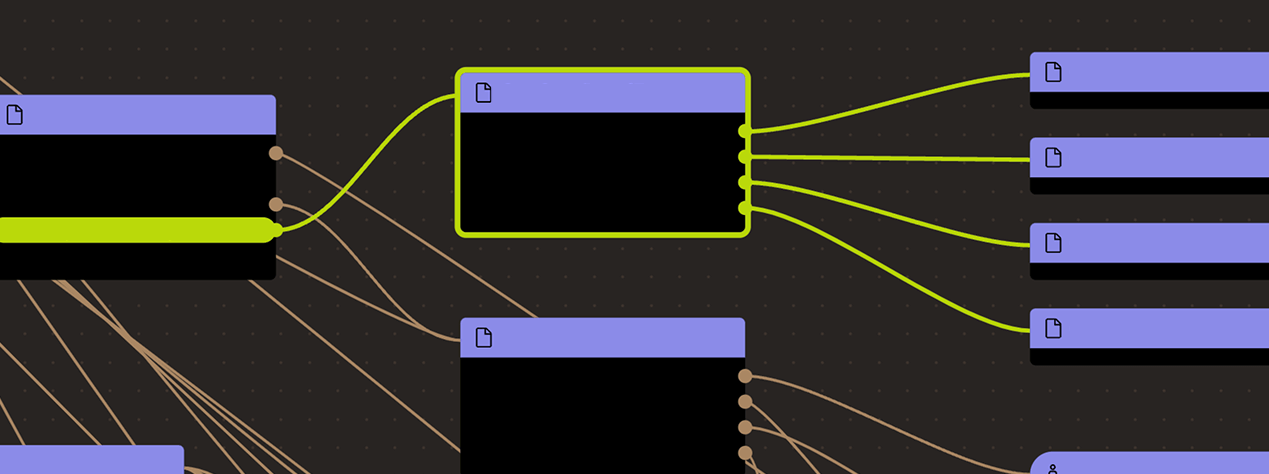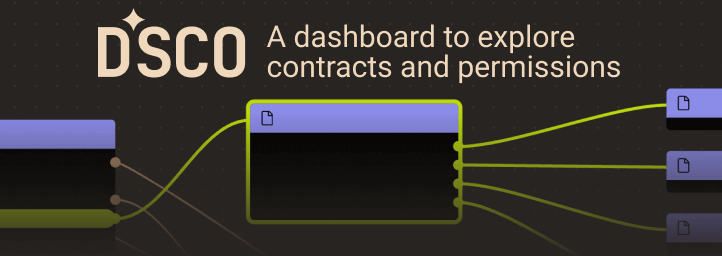Search
Search for projects by name
 RedSonic
RedSonic
This project was sunset on 2024-09-20 and deposits after that time may not be recoverable.
Badges
About
RedSonic is a Validium based on the StarkEx technology. Its goal is to power the next generation Web3 apps and games by providing developers with the APIs and SDKs to create digital assets and easily integrate them in-app and in-game.
Badges
About
RedSonic is a Validium based on the StarkEx technology. Its goal is to power the next generation Web3 apps and games by providing developers with the APIs and SDKs to create digital assets and easily integrate them in-app and in-game.
Reddio Announces Mainnet Launch
2022 Sep 29th
Reddio announces its Validium Mainnet launch.
Funds can be stolen if
Funds can be lost if
Users can be censored if
MEV can be extracted if
STARKs are zero knowledge proofs that ensure state correctness.
Proof construction relies fully on data that is NOT published onchain. There exists a Data Availability Committee (DAC) with a threshold of 2/2 that is tasked with protecting and supplying the data.
There is no window for users to exit in case of an unwanted regular upgrade since contracts are instantly upgradable.
Users are able to trustlessly exit by submitting a Merkle proof of funds. NFTs will be minted on L1 to exit.
Data is not stored on chain
The balances of the users are not published onchain, but rather sent to external trusted parties, also known as committee members. A state update is valid and accepted onchain only if at least a quorum of the committee members sign a state update.
Funds can be lost if the external data becomes unavailable (CRITICAL).
Users can be censored if the committee restricts their access to the external data.
Each update to the system state must be accompanied by a ZK proof that ensures that the new state was derived by correctly applying a series of valid user transactions to the previous state. These proofs are then verified on Ethereum by a smart contract. The system state is represented using Merkle roots.
The system has a centralized operator
MEV can be extracted if the operator exploits their centralized position and frontruns user transactions.
Users can force exit the system
Force exit allows the users to escape censorship by withdrawing their funds. The system allows users to force the withdrawal of funds by submitting a request directly to the contract onchain. The request must be served within a defined time period. If this does not happen, the system will halt regular operation and permit trustless withdrawal of funds.
Users can be censored if the operator refuses to include their transactions. However, there exists a mechanism to independently exit the system.
Regular exit
The user initiates the withdrawal by submitting a regular transaction on this chain. When the block containing that transaction is settled the funds become available for withdrawal on L1. ZK proofs are required to settle blocks. Finally the user submits an L1 transaction to claim the funds. When withdrawing NFTs they are minted on L1.
Forced exit
If the user experiences censorship from the operator with regular exit they can submit their withdrawal requests directly on L1. The system is then obliged to service this request. Once the force operation is submitted and if the request is serviced, the operation follows the flow of a regular exit.
Emergency exit
If the enough time deadline passes and the forced exit is still ignored the user can put the system into a frozen state, disallowing further state updates. In that case everybody can withdraw by submitting a merkle proof of their funds with their L1 transaction.

Ethereum
Actors:
Can upgrade implementation of the system, potentially gaining access to all funds stored in the bridge. Currently there is 0s delay before the upgrade.
Validity proof must be signed by at least 2 of these addresses to approve state update.
Can upgrade implementation of SHARP Verifier, potentially with code approving fraudulent state. Currently there is 8d delay before the upgrade.
Allowed to update the state. When the Operator is down the state cannot be updated.

Ethereum
This contract stores the following tokens: ETH, USDC, USDT.
Data Availability Committee (DAC) contract verifying data availability claim from DAC Members (via multisig check).
CallProxy for GpsStatementVerifier.
Starkware SHARP verifier used collectively by Starknet, Sorare, ImmutableX, Apex, Myria, rhino.fi and Canvas Connect. It receives STARK proofs from the Prover attesting to the integrity of the Execution Trace of these Programs including correctly computed state root which is part of the Program Output.
MemoryPageFactRegistry is one of the many contracts used by SHARP verifier. This one is important as it registers all necessary onchain data.
Value Secured is calculated based on these smart contracts and tokens:
Main StarkEx contract, used also as an escrow.
The current deployment carries some associated risks:
Funds can be stolen if a contract receives a malicious code upgrade. There is no delay on code upgrades (CRITICAL).
